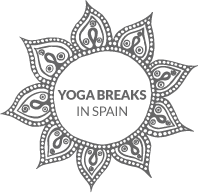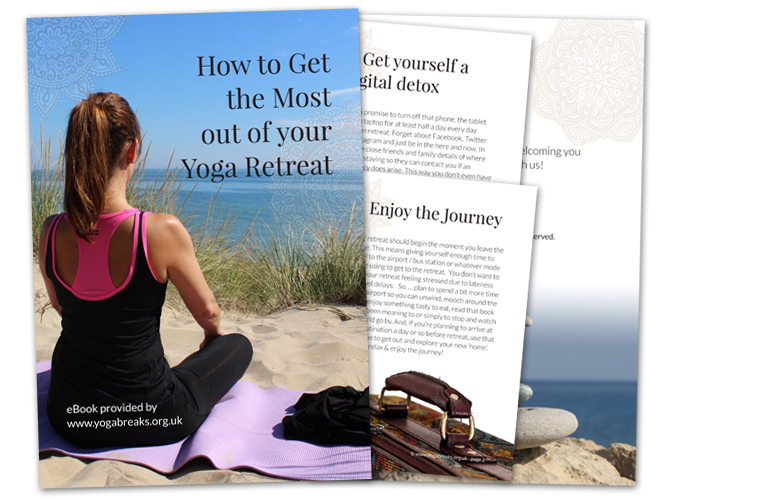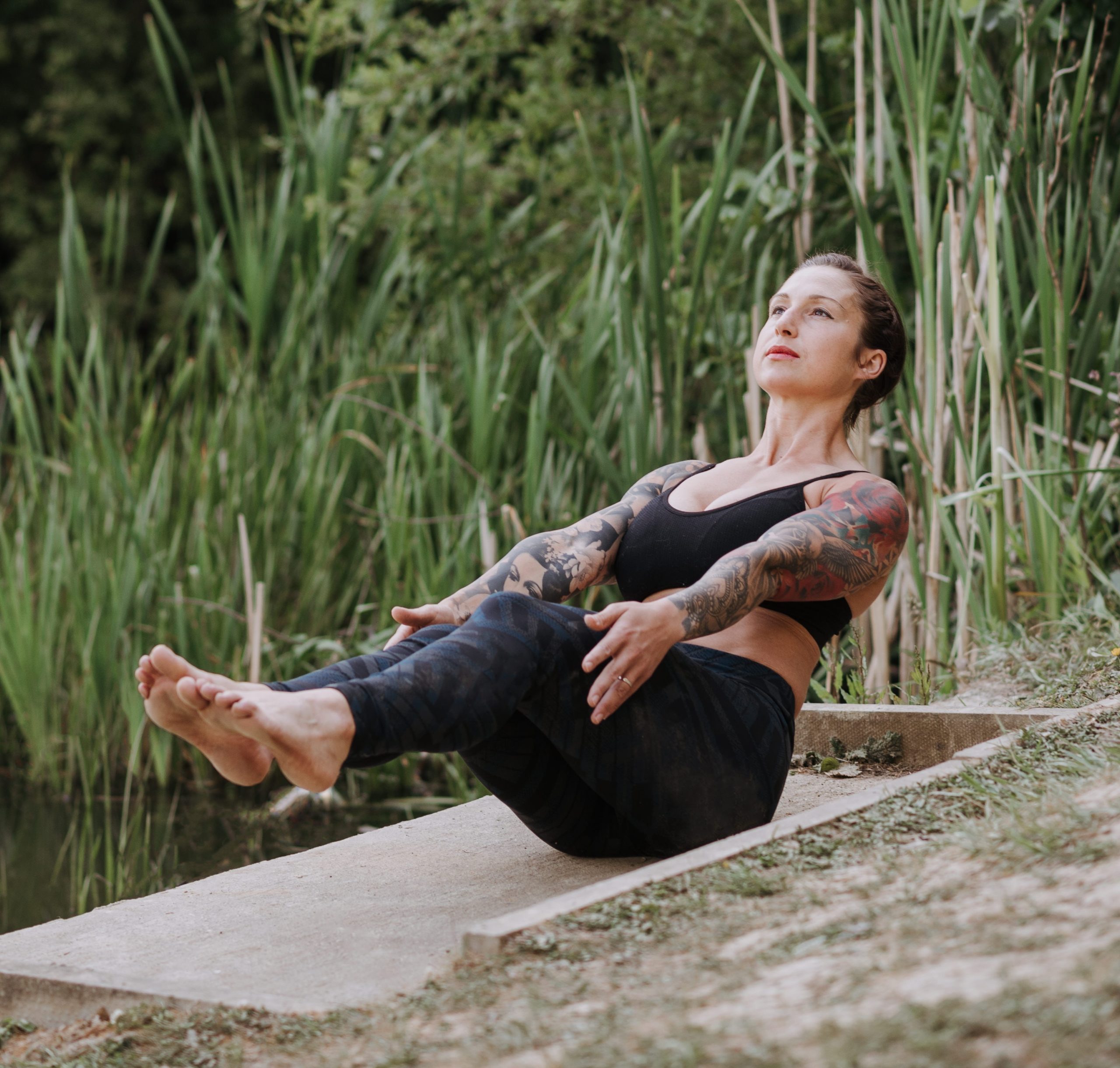
It’s very common to believe that the only way to build muscle strength is to use weights, resistance bands or weight assisted machines.
And of course, this is true … these methods do increase strength. However, the strength of our muscles & bones can also be improved with the combination of body weight & gravity.
And this is where yoga comes in.
Not only does yoga improve flexibility, mobility, breathing & lower stress but it also strengthens muscles & bones too. Whether that’s enough strength depends on a number of things which we’ll cover below.
So today we’re going to un-wrap :
- how muscles become stronger
- how yoga generates strength
- does yoga build enough strength
- tips for building more strength in yoga
- yoga poses that build strength
How muscles become stronger
- Contraction/shortening (known as concentric). Think of lifting a dumbbell to the shoulder for a bicep curl. The biceps contract (shorten) as the dumbbell moves towards the shoulder. Repeat this on a regular period & the biceps become stronger.
- Lengthening (called eccentric). Think again of a bicep curl. If you lower the dumbbell from the shoulder, the biceps lengthen, but are working hard to lower the weight – if the weight is lowered slowly.
- Static hold (isometric). Whereby a contracted muscle is held in a fixed position for a period of time without changing the length of the muscle. Going back to the bicep curl example, once the dumbbell is lifted to the shoulder & held there, the biceps are working hard to keep the dumbbell in position – even though the biceps are not moving.
How yoga generates strength
A well rounded yoga practice builds muscle strength concentrically & eccentrically – but is particularly good at creating strength isometrically. Why? Because in yoga, poses are often held for a length of time with certain muscles engaged to support & stabilise the body.
One study looking at the effects of a 12-week Hatha yoga practice found that in addition to flexibility, yoga significantly improved muscular strength.
But! Does yoga build enough strength?
It depends!
Depends on your needs, your interests & your age.
- Needs. If you’re recovering from an injury your physio may recommend you need to rebuild strength in a particular area of the body. In this case additional strength training modalities – ie. resistance bands – would be really helpful.
- Interests. If you like running, for example, you would definitely benefit from additional strength training for your legs & glutes to help you run for longer without tiring.
- Age. From middle age both men & women can lose up to 3% of muscle per year. This may not sound much but over 10 years it’s almost a third of your muscle mass! Definitely, from middle age, additional strength training should be incorporated – not just to maintain muscle mass but to help maintain bone density too. Super important!
Tips for building more strength in yoga
- Move slowly & with control. When you move slowly & with control – rather than using momentum to move the body- your muscles are have to work harder to stabilise the body as you move slowly. Think of lowering down to the floor from knees down plank pose – lowering slowly is far harder than quickly lowering to the floor.
- Focus on & engage the muscles. Many people – particularly if they’re super flexible – can over extend their muscles in yoga. So, instead of going to the end range of your flexibility, stop before you reach ‘the edge’ and hug your muscles to your bones when holding postures. Muscles become stronger when they’re engaged.
- Hold the pose. Increase the length of time you hold the postures – whilst also actively engaging the muscles used in the pose – is a great way to build strength.
- Use Yoga props. Get creative at using yoga props to make postures a little more challenging. Such as; squeezing a yoga block between the thighs in bridge pose & camel pose to activate the inner thighs, core & glutes. Holding & gently squeezing a block between the hands with arms overhead in Warrior I activate the upper back, shoulders, chest & core. Experiment!
- Repeat poses. Particularly the poses that you find challenging such as chair, boat, warrior III. Doing challenging postures one or two more times will help build strength & endurance.
- Keep practicing. Each yoga practice is strengthening muscles & bones little by little. Every time you finish a yoga session you’re making ‘deposits’ into your wellbeing bank and these are going to pay back in dividends in years to come.
Some strength building yoga poses
If you’ve never practiced any of these poses before, please research how to practice them safely. Go slow & perform each pose with good technique. Try hold each pose for 8 breaths & then repeat again once or twice as long as they can still be performed well.

Boat pose. The hip flexors & core strongly engage to lift & hold the legs up & away from the floor whilst the quads switch on to help straighten the knees whilst the hamstrings lengthen. Then, whilst holding the pose, the quads, hip flexors & core are working really hard isometrically.

Plank Pose. Engages some of the largest muscles in the body to hold the body steady whilst resisting the downward force of gravity. Engages core, glutes, back, quads, shoulders, biceps & triceps.
(photo courtesy of Karolina Grabowska)
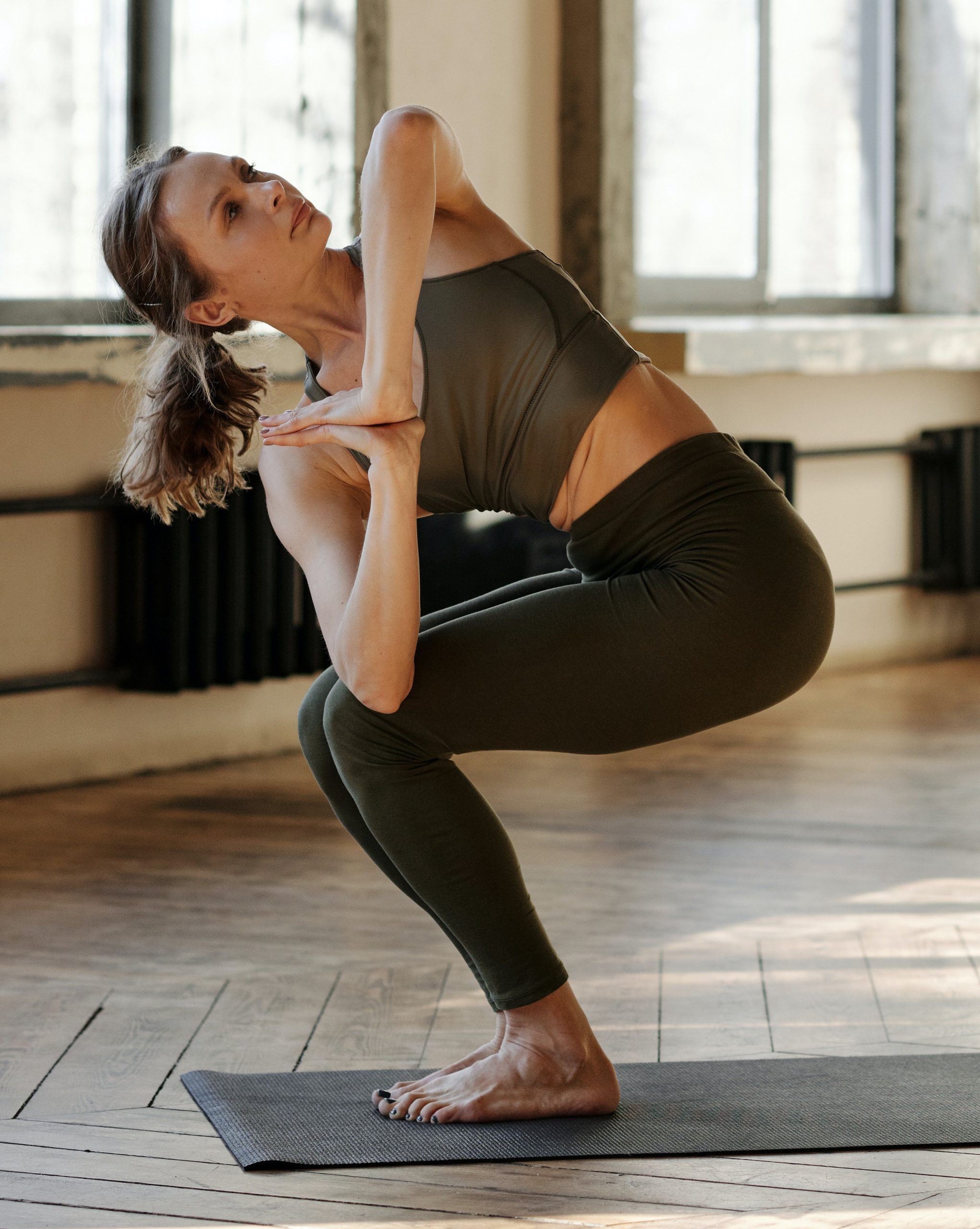
Chair Pose. Strengthens thighs, core, upper back & arms. Reach the hips back so you can still see the toes; draw shins bones back, keep weight in the heels & draw belly in to support lower back. Option to add a twist as shown in picture – but not essential – for traditional chair pose, raise arms overhead in line with the ears.
(photo courtesy of Cliff Booth)

Warrior III. Challenges your balance and strengthens hamstrings, glutes, ankles, core & back muscles both of which engage to help stabilize the body. Shoulder muscles are activated to keep arms parallel to the ground.
(photo courtesy of Shu Lei)

Bridge Pose. Engages the core, back muscles, hip flexor, quads & hamstrings & the obliques along the side of the waist which engage to help keep the pelvis and lower back centered.
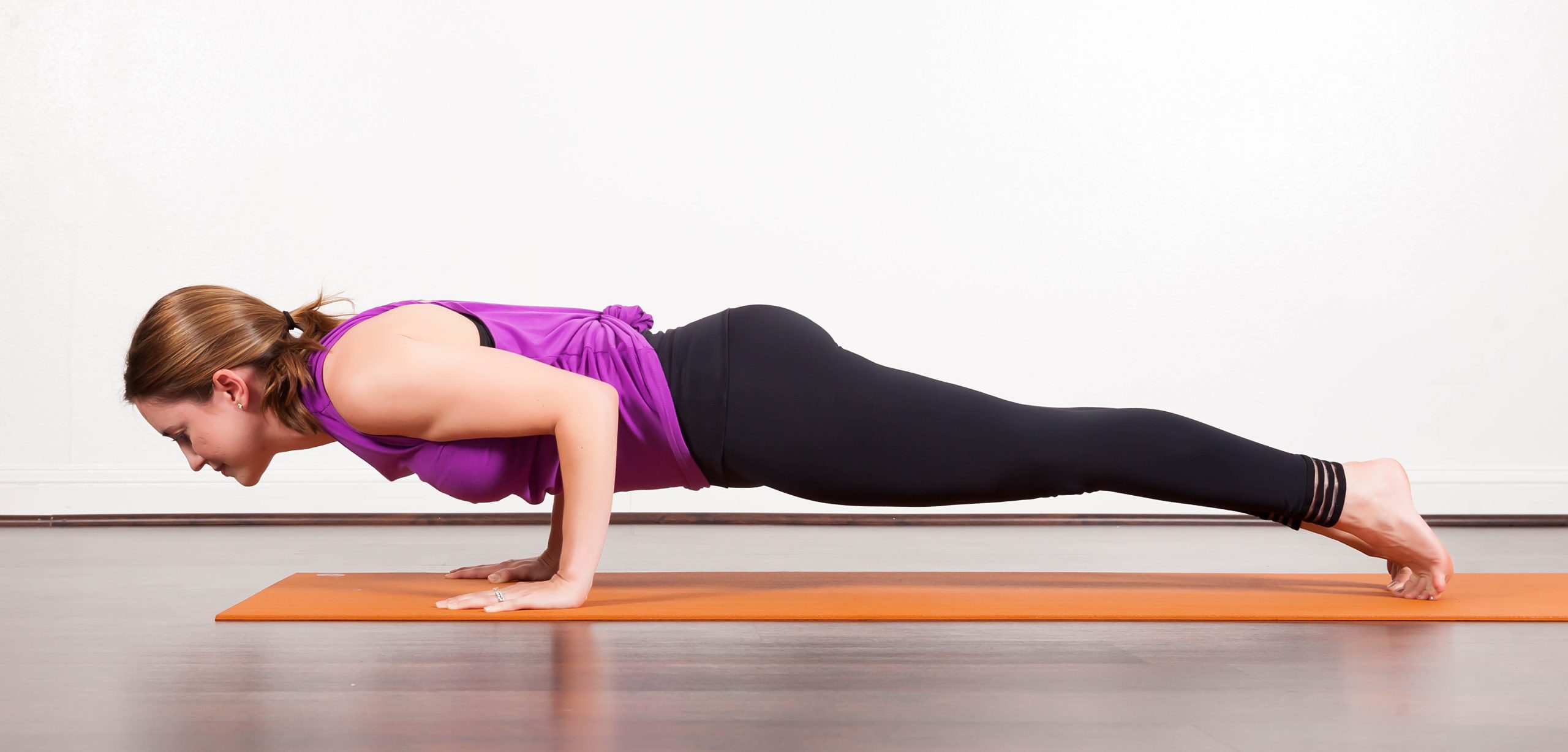
Chatarunga – full version or with knees lowered. This is a powerful strength builder. When performed correctly, the spine is in a straight line – the main support system of the body. Chaturanga engages the majority of muscles in the body but particularly strengthens the arms, shoulders, wrists & core.

Tree Pose. Grounding & balancing pose that combines balance, stability, strength, flexibility, and complete concentration. Stretches the Inner Thighs, Groins, Chest, and Shoulders and strengthens the glute, quad, ankles, core & spine when arms are extended over head.
(photo courtesy of Yan Krukau)
Other posts you may like:
Breathwork : Get high on your own supply
